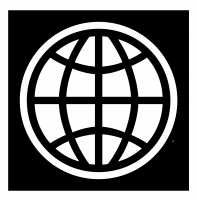
The World Bank is spending billions of dollars to help construct coal-fired power plants in the developing world, using a fund that is supposed to help wean the world from carbon-spewing fossil fuels, the Times of London reported today.
The United States donated $2 billion over three years to a fund that would “begin the important work of reducing greenhouse gas emissions in the developing world,” US Treasury official David McCormick said in a press release last September. “The United States is firmly committed to the Clean Technology Fund and its mission to help developing countries make transformational investments in clean technology that will be necessary to move them onto cleaner development paths.”
It turns out those “transformational” investments include coal plants in South Africa, Botswana, and other developing countries. One loan of $850 million will help erect a coal plant in Gujarat, India that will emit 26.7 million tons of CO2 each year for the next 50 years, making it one of the biggest new sources of greenhouse gasses on Earth.
“There are a lot of poor countries which have coal reserves and for them it’s the only option,” Marianne Fay, the bank’s chief economist for sustainable development, told the Times. “The [bank’s] policy is to continue funding coal to the extent there is no alternative.”
But is there really no alternative to building a coal plant in Gujarat, one of the most industrialized states in India? A search of carbon offset projects funded through the Kyoto Protocol’s Clean Development Mechanism turns up 12 alternative energy projects in Gujarat, including numerous wind projects and a 219 MW LNG natural gas plant. And don’t forget the high-profile pact India signed with the US to construct of 18 to 20 nuclear plants. Moreover, South Africa has two nuclear plants and recently opened a natural gas pipeline from Mozambique.
The Times piece gave few details on how “clean” the coal plants will be compared to others in the developing world. But clearly the bank has a lot of explaining to do given its longstanding reputation for funding environmental disasters.








